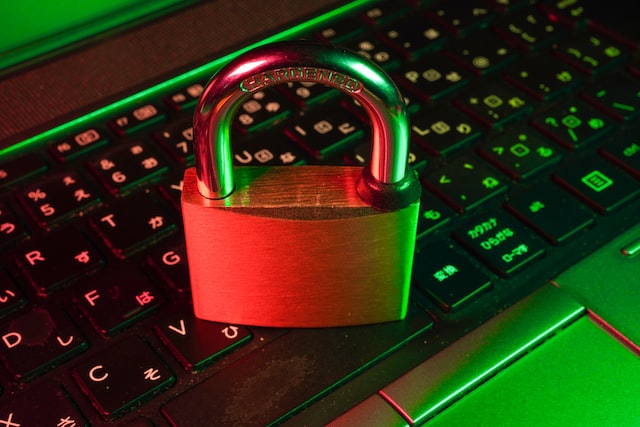What is the explanation of access control? There are several common questions people have when it comes to access control. While doors, readers, and cards are the most apparent physical components, many other critical hardware components exist. In this article, we’ll go over what each of them does and how they work. Doors come in many materials, including steel, wood, fiberglass, and aluminum. Locks are the most common type used in electronic access control systems. They can be either electric strike locks or electromagnetic locks.
Logical Access Control
In computer systems, logical access controls are tools or protocols for identification, authorization, and accountability. These tools or protocols allow a computer system to recognize certain users and access certain information. The most common logical access control tools are firewalls and passwords. However, other types of computer systems may use similar tools. For example, an employee could be authorized to access certain information only after their supervisor has approved them. Therefore, logical access controls are an essential part of any computer system.
There are many types of logical access controls. Depending on the type of system, they may use passwords, biometrics, or other methods to verify that a person has the proper authorization to access the system. Some of these tools are more effective than others and allow administrators to assign different access privileges to different users. If you’re using a complex computer system, you might want to consider using logical access controls to secure the data on your system.
These tools provide multiple security layers and can protect sensitive information and critical systems. Logical access control can be challenging, but several solutions can help you manage and implement them. One of these solutions includes biometric tools that tailor the answer to your organization’s needs. The most important thing is to decide how secure you want your system to be. For example, if your company deals with sensitive intellectual property, you may need a more expensive LAC system.
Physical Access Control
Unlike traditional keys, a Physical Access Control system offers many benefits. For instance, it can be customized to suit specific needs. This system also provides real-time data that can be used to spot suspicious activity. As a result, physical Access Control can reduce internal security risks and increase the traceability of entry points. It also reduces the chances of duplicate access and fraudulent credentials. Hence, it is the most secure security solution.
This security measure aims to provide a safe and secure environment for employees. It gives businesses flexibility and can be updated to keep pace with industry changes. It also keeps the facility protected from multiple angles. Choosing a Physical Access Control system is essential to ensure maximum security. However, choosing one that is both universal and customizable is crucial. An excellent physical access control system should be versatile, allowing the system to grow and expand with the business.
A cloud-based Physical Access Control system should be able to be configured to meet the needs of various types of businesses. This system offers many advantages, including mobile functionality and the ability to issue multiple forms of credentials. The system can be installed at entrance points, such as gates, locking doors, and other entrances, and can serve as an authentication credential for PIVs. Moreover, Kisi supports different numbers of administrators. The company also offers various plans with varying levels of data storage.
Discretionary Access Control
Discretionary access control is a computer security technique that allows you to limit access to objects based on identity. This method is primarily used to prevent access by unauthorized individuals. It is a form of access control often recommended for systems containing confidential data. Its advantages include improved security, flexibility, and cost savings. Once you’ve known about them, you’ll be well on your way to protecting your computer systems.
The main advantage of discretionary access control is that it is easy to implement. It allows you to police access points and assigns permissions to users quickly. It also minimizes complexity in access control, which means better management of network resources. Moreover, it minimizes security risks by creating a firewall against malware attacks and implementing a highly encrypted security protocol. In addition, this kind of system allows users to assign the appropriate permissions for different users.
Discretionary access control can be handy in smaller organizations with fewer employees. In addition, it’s beneficial for businesses with remote work teams. This security system allows administrators to grant and remove access to specific employees and groups. This feature allows administrators to keep a clean corporate record and avoid security breaches. Moreover, DAC can also make the security setup more efficient and reduce the chances of data breaches.

